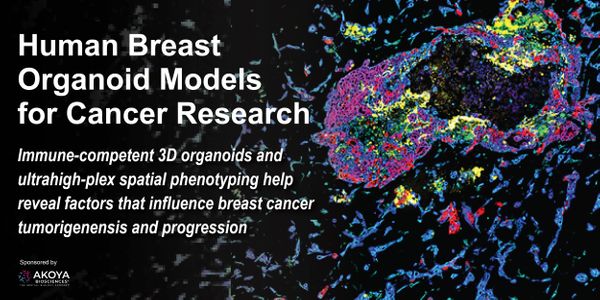JAN 11, 2022 | 8:00 AM
Date: January 11, 2022 Time: 08:00am (PST), 11:004am (EST) Connectivity of laboratory equipment is progressing rapidly. While it started with the possibility to export data from the equipmen...
DEC 16, 2021 | 8:00 AM
Date: December 16, 2021 Time: 8:00am (PST), 11:00pm (EST) Dr. April Schrank-Hacker looks at the benefits of automation in the laboratory to help generate trustworthiness in research. Many ti...
DEC 15, 2021 | 7:00 AM
Date: December 15, 2021 Time: 8:00am (PST), 11:00am (EST) Ergonomic aspects are becoming higher priority: Personal health status or corporate sickness levels of employees due to back bone tr...
DEC 14, 2021 | 6:00 AM
Date: December 14, 2021 Time: 6:00am (PST), 9:00am (EST) Hepatitis E virus (HEV) is a single-stranded positive-sense RNA virus and is a leading cause of acute viral hepatitis worldwide. The...
DEC 10, 2021 | 8:00 AM
Date: December 10, 2021 Time: 8:00am (PDT), 11:00am (EDT) In the past decade, the development of liquid chromatography mass spectrometry (LC-MS) technology has transformed the paradigm of me...
DEC 09, 2021 | 11:00 AM
Date: December 09, 2021 Time: 11:00am (PDT), 2:00pm (EDT) The burden of antimicrobial resistance (AMR) has been acknowledged worldwide by leading health institutes. Besides the need for new...
DEC 09, 2021 | 6:00 AM
Date: December 9, 2021 Time: 6:00am (PDT), 9:00 am (EDT) As the number of biotherapeutic candidates in development is increasing, the requirements of analytical tools to understand the molec...
DEC 08, 2021 | 11:00 AM
Date: December 8, 2021 Time: 11:00am (PST), 2:00pam (EST) Breast cancer is the most common type of cancer and the leading cause of cancer deaths for women. Despite considerable ongoing resea...
DEC 08, 2021 | 10:00 AM
Date: December 08, 2021 Time: 10:00am (PST), 1:00pm (EST) In an effort to contain the spread of multidrug resistant nosocomial infections with Candida auris ( C. auris ), the BayCare Laborat...
DEC 08, 2021 | 9:00 AM
Date: December 9, 2021 Time: 9:00am (PDT), 12:00am (EDT) CRISPR editing has revolutionized plant breeding, and the MAD7 CRISPR nuclease developed by InscriptaTM is democratizing access to CR...
FEB 23, 2022 | 9:00 AM
Date: February 23, 2022 Time: 09:00am (PST), 12:00pm (EST) During this webinar we will present the Lahey four-year journey of using the MBT Sepsityper® solution for the rapid identificat...
Receptors that respond to hormones, neurotransmitters, chemokines and growth factors traffic to the cell surface where they are activated by ligands and signal via coupling to molecules such...
























